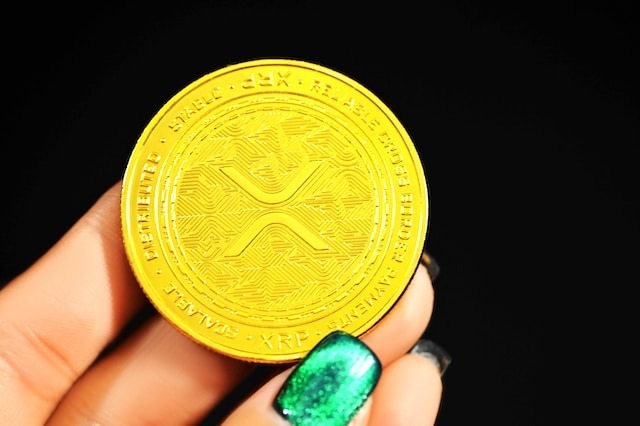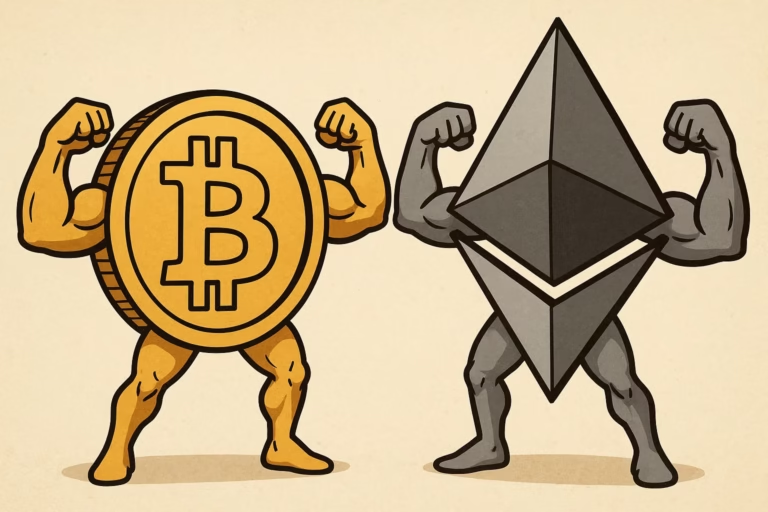
- MasterCard’s latest report recognizes Ripple’s XRP as a bridge currency for cross-border payments, lending strong institutional credibility to its real-world use.
- With adoption by firms like SBI Remit and Ripple’s involvement in global financial initiatives, XRP is gaining momentum as a key player in payment modernization.
A new report from MasterCard has elevated Ripple’s XRP to a position of renewed relevance in the world of global finance. Titled “Blockchain technology fuels new remittances business cases,” the report identifies XRP as a bridge currency in the growing shift toward blockchain-based cross-border payment systems — signaling stronger institutional support for Ripple’s vision.
ALSO READ:Ripple’s $5B Circle Bid Rejected: What This Means for XRP and the Stablecoin Race
XRP Gains Credibility Through MasterCard Recognition
MasterCard’s endorsement comes at a time when the remittance industry is actively seeking faster, cheaper, and more efficient ways to move money across borders. By highlighting XRP in the same breath as blockchain technologies transforming payment infrastructure, the report underscores XRP’s potential as a legitimate financial instrument in global transfers.
This inclusion doesn’t just validate XRP’s technical role — it adds the weight of a major global payments player to Ripple’s narrative. According to the report, blockchain technology is increasingly being adopted to streamline remittance channels, improve transparency, and reduce reliance on pre-funded accounts — all use cases Ripple has long championed.
SBI Remit and Global Adoption of XRP in Remittances
SBI Remit, one of Japan’s major remittance services, is already putting Ripple’s technology to use by utilizing XRP to facilitate real-time, low-cost transfers. It’s not alone — institutions like MoneyGram and the Stellar network are also cited in MasterCard’s report as examples of blockchain integration in financial services.
These examples reinforce the notion that XRP is gaining traction as a functional tool for improving fiat currency liquidity and reducing foreign exchange fees, particularly in underserved regions.
Ripple’s Strategic Role in Global Payment Modernization
Beyond institutional use, Ripple has been an active player in shaping global payment standards. The company is reportedly participating in a Bank for International Settlements (BIS) task force, aimed at modernizing international payments and improving interoperability. BIS — often referred to as the “central bank of central banks” — plays a pivotal role in shaping the future of cross-border financial systems.
MasterCard’s spotlight on XRP, combined with Ripple’s involvement in high-level financial conversations, points to a future where digital assets are not fringe innovations, but foundational elements in everyday banking.
As more institutions explore blockchain-powered solutions, XRP may be well on its way to becoming a standard fixture in the evolving global payments ecosystem.
MIGHT ALSO LIKE :Can XRP Defy Bearish Signals and Hit $3 in May 2025?
DISCLAIMER:
The views and opinions expressed herein are solely those of the author and do not necessarily reflect the views of the publisher. The publisher does not endorse or guarantee the accuracy of any information presented in this article. Readers are encouraged to conduct further research and consult additional sources before making any decisions based on the content provided.




